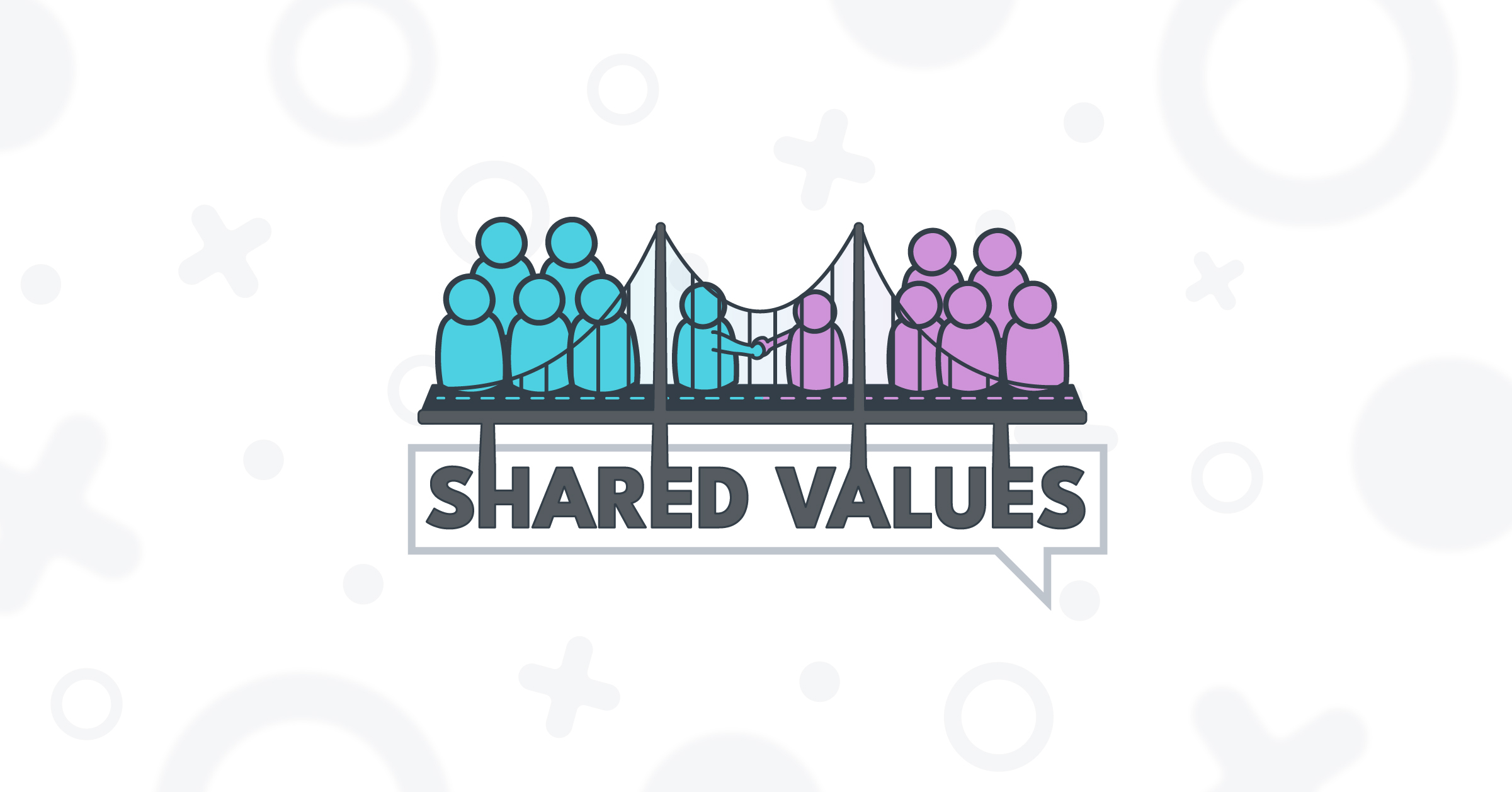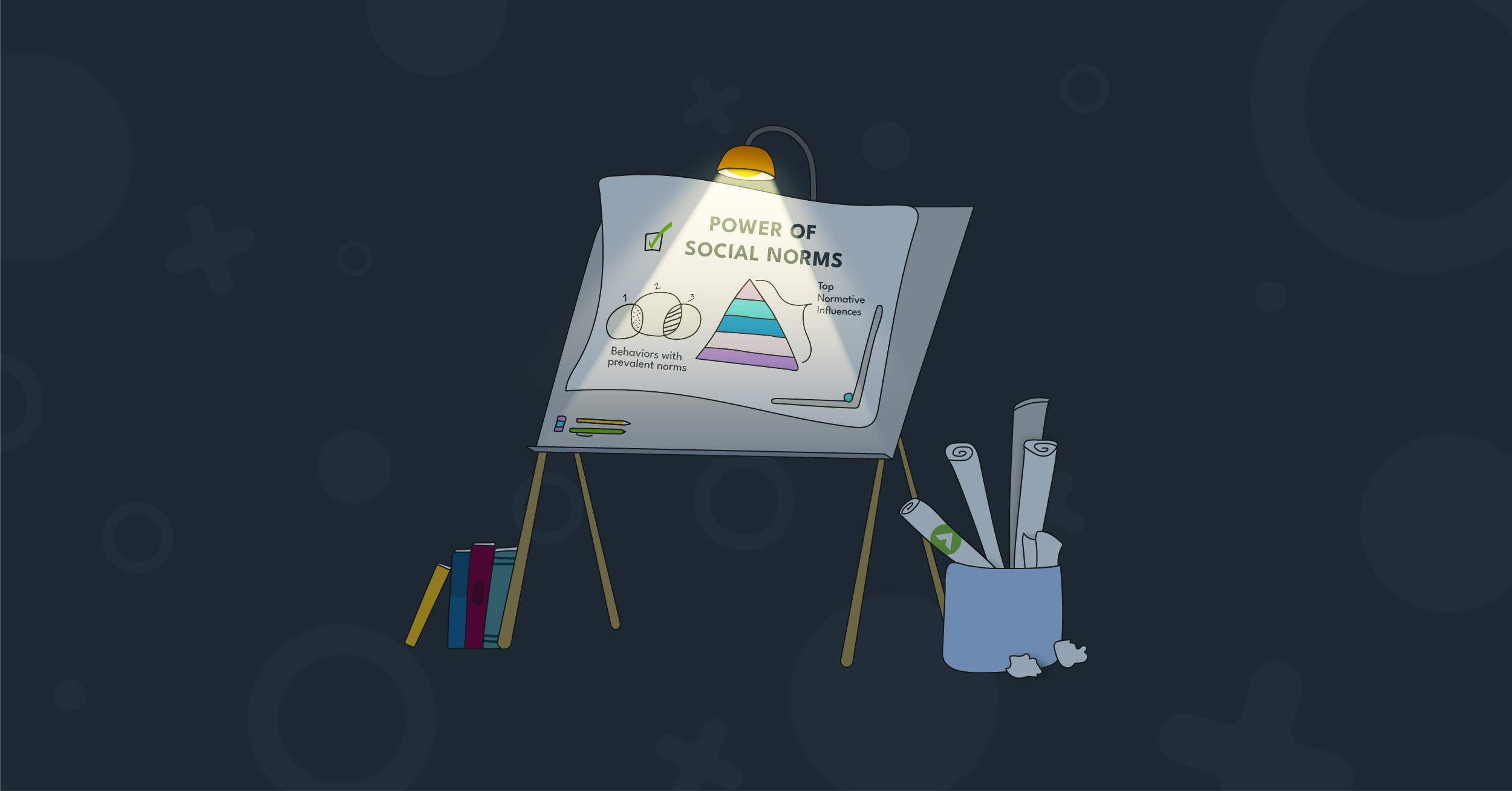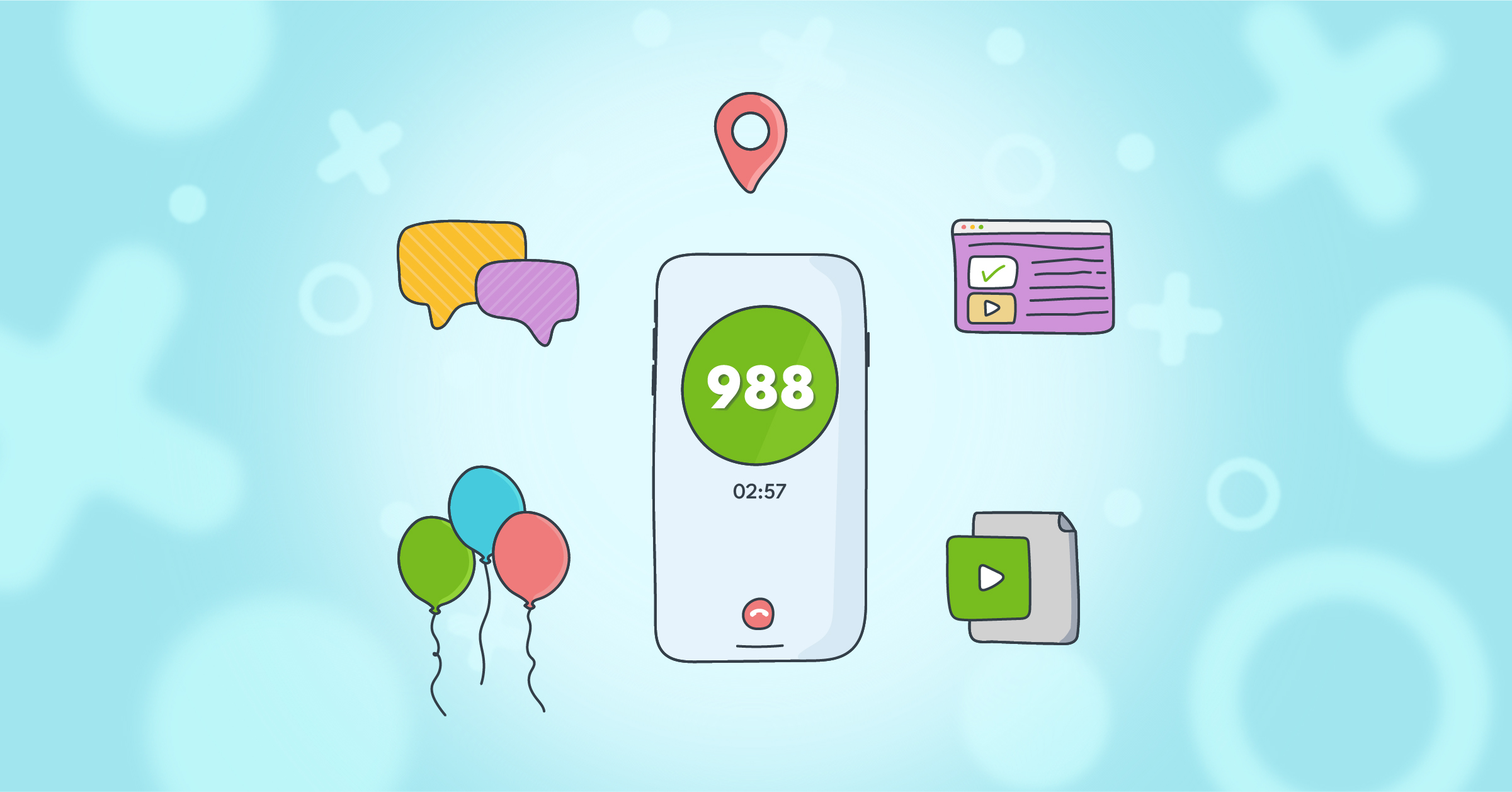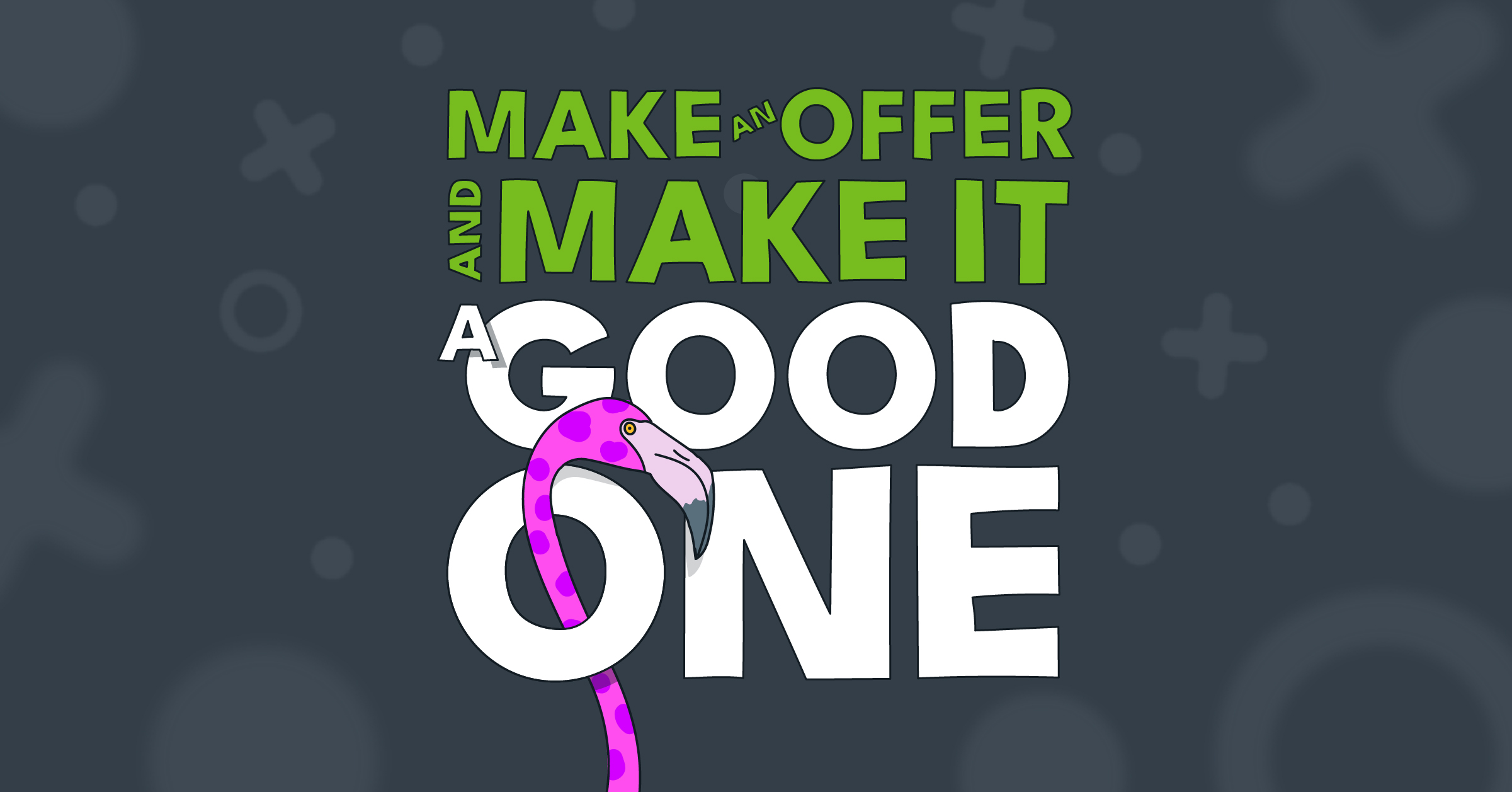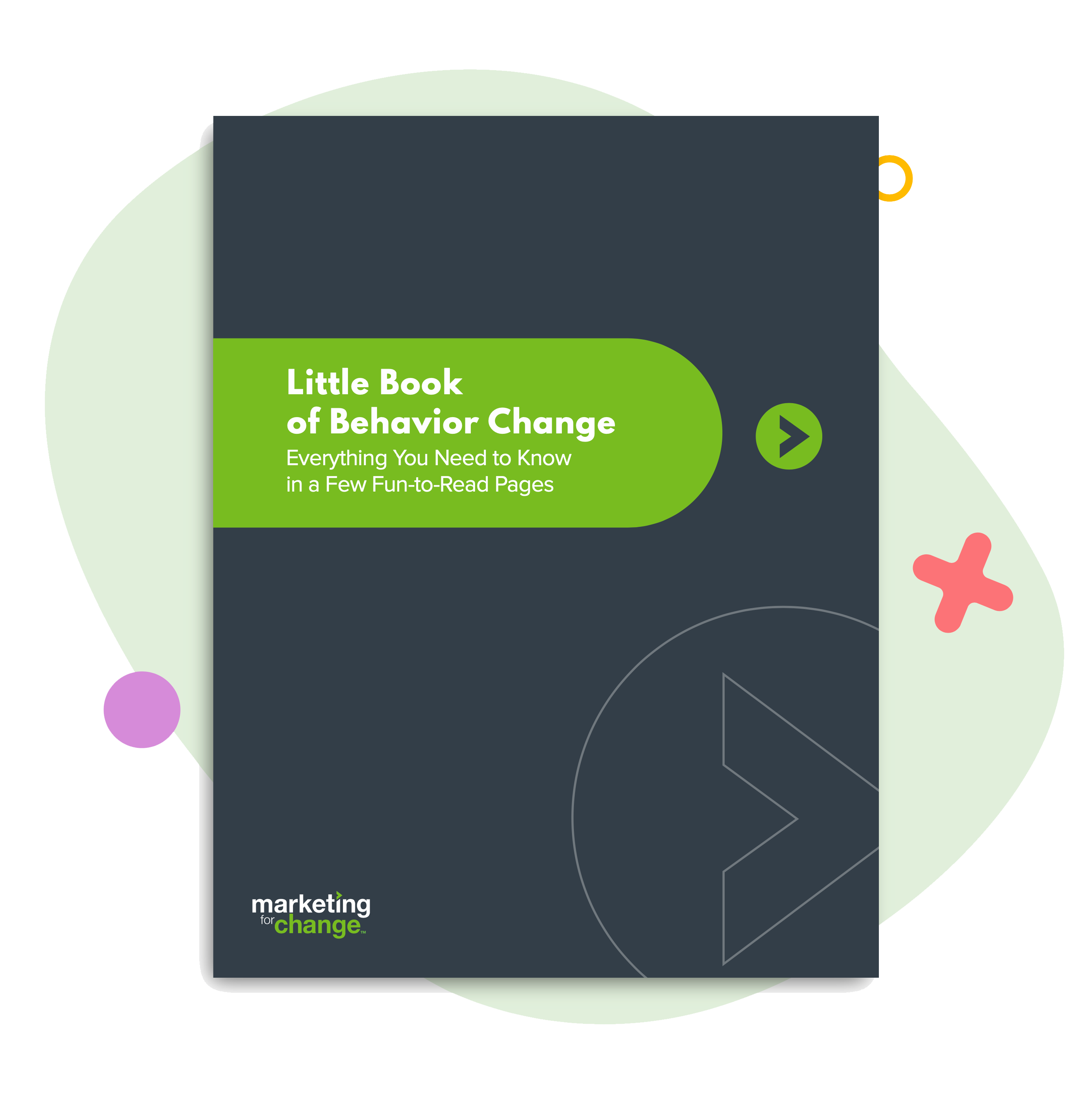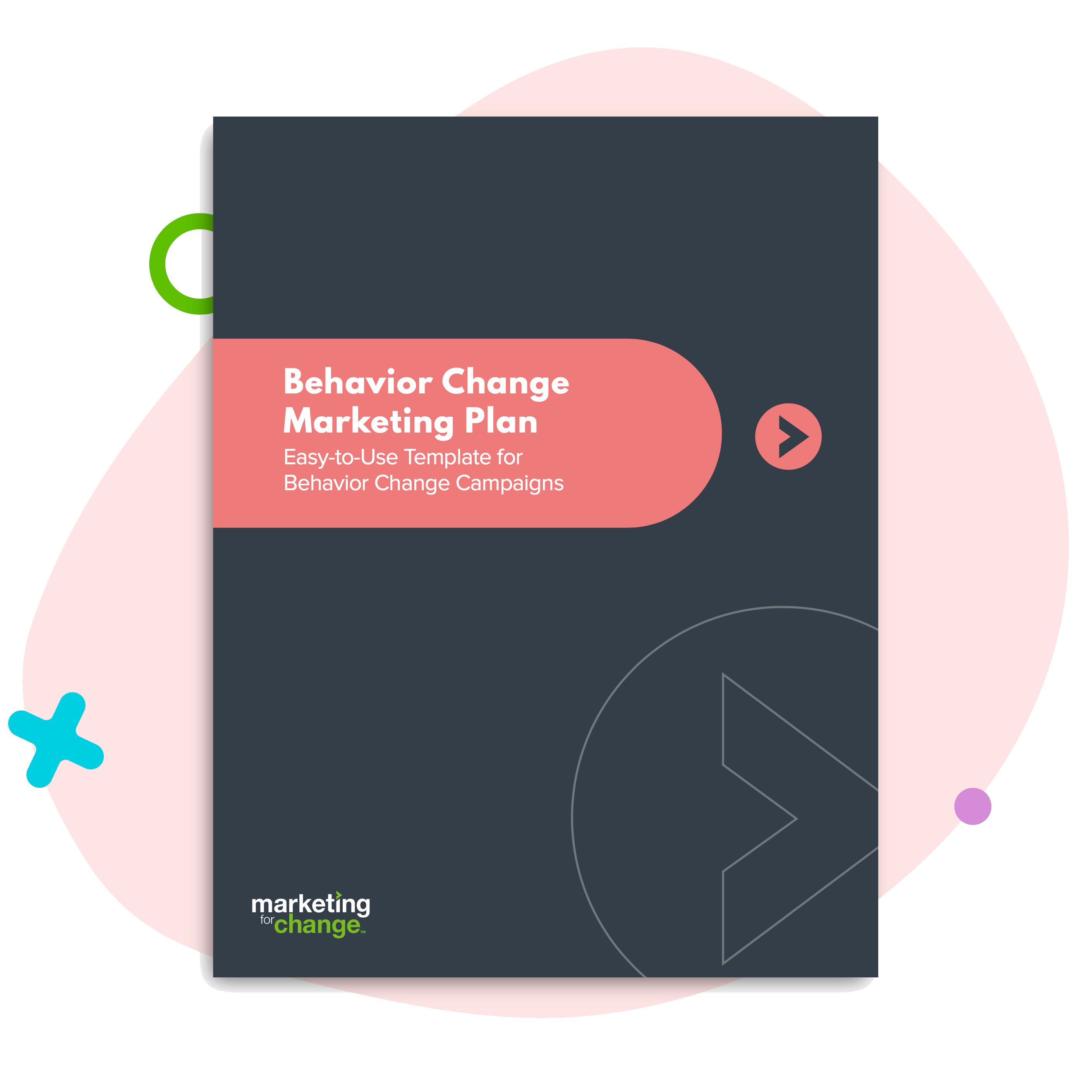
Be Like Vegas!… And 6 Other Tips to Increase Wellness Program Participation
In keeping with this month’s theme of wellness, guest blogger Dr. Moshe Engelberg ponders the surprisingly low enrollment rates of valuable health programs, and how the 3E’s behavior change framework could be utilized to increase participation.
Why aren’t more members signing up for our free health programs!?!
The 3Es behavior change framework offers a fresh approach to solving the problem of low enrollment in valuable health programs. Education, Engineering, and Enforcement are the components of the 3E framework, which traditionally has been used in the Injury Prevention field (CDC is a leader here). It’s time for others to harness its power as well.
A simple example: If we want people to drive slower, we can convince them why (education), we can add speed bumps (engineering), and we can ticket them (enforcement).
Another example: If we want people to quit smoking, we can convince them why (education), we can establish no-smoking zones everywhere (engineering), and we can fine them for lighting up in public (enforcement).
A third example: If we want people to participate in our Wellness program, we can convince them why (education), we can integrate Wellness into other membership activities they have to do with us (engineering), and we can charge higher rates to non-participants (enforcement).
OK, the last example may be a bit oversimplified, but you get the point. Now let’s dig deeper. Seven key takeaways:
1. Health Behavior Change is Hard
Doctors, insurers, and public health agencies all want people to adopt specific behaviors that will help those people be healthier. It may be taking meds as prescribed, losing weight, avoiding injuries, or a host of other behaviors that ostensibly benefit the individual, the organization, and society at large.
But sometimes the target behavior is simply getting people to check out a program that can help them, like CMS’s Health Insurance Marketplace. Or insurers getting their members to sign up for free Wellness programs. Typically, participation is disappointingly low. Program developers, marketers, and outreach specialists that create and run these programs are astounded by the number of people that don’t sign up for their offerings.
What’s going on??
2. Compare Company/Customer Perspectives
Insurance company: Our Wellness program is designed to help our members. It can improve their health and save them money. And it’s free. All people need to do is go on our website and enroll. Why aren’t people signing up like crazy?
Customer: Why would I do a Wellness program with my insurance company? They’re number crunchers, they don’t know about wellness and prevention. Anyway, it’s probably just a way for them to cut my benefits and make more money.
These contrasting perspectives indicate a serious relationship problem. As an industry, health insurance companies rank among the lowest in customer satisfaction in 2014, according to the American Customer Satisfaction Index (about the same as airlines, the US Post Office, and cell phone providers – but better than cable companies!). If satisfaction is low, trust is likely to be low too. This means insurers start pitching their Wellness program with a credibility deficit.
3. Don’t Make Assumptions
Insurers and others presume that members should value their Wellness programs. This is mistake #1, and for a couple reasons.
First, members need to know about the program in order to decide if they will enroll in it or not. You telling them about the program does not mean they know about it. All it means is you provided them with some materials.
Second, for members to care about your Wellness programs requires them to: a) understand what Wellness is, b) value Wellness, c) want to enhance their Wellness now, d) want help in doing it, and e) want that help from their health insurance company.
Figure out what your Value Proposition is: Determine exactly what makes your Wellness Program unique and valuable to members. And from their point of view of course.
4. Go Beyond Convincing (aka “Education”)
It’s one thing to get members to take time and seriously think about your Wellness programs, commit to trying them, signing up, etc. And a small segment of members (the “low hanging fruit,” so to speak) will do just this. All they need is the opportunity.
Consider your own life. Let’s say you own a Toyota and your local dealer was offering a “Car Wellness” program with all kinds of helpful information so you can take better care of your car. To take advantage of their free program designed just for Toyota owners, simply go to their website, enroll, choose classes, attend, etc. You want your car to be in good shape and last many years. Would you do it? (I’m not talking to the car buffs here!). If not, why not?
There are a lot of answers to why not. Most people will say time and money, but that’s far from the whole story. We spend on what we care about. And we don’t always think through things and make rational decisions.
That’s you’ll need to go beyond the traditional and assumption-filled Education strategy, and bring in Engineering and maybe even Enforcement.
5. Be Like Vegas – Embrace “Engineering!”
In Vegas, slot machines are ubiquitous – they’re in bathrooms, by airport gates, everywhere. The environment is engineered to entice people to play. In fact, people need to go out of their way to not gamble.
Because Engineering changes the environment or product, it doesn’t require people to make any choices. The behavior just automatically happens (like slowing down over speed bumps or signing up for a default Wellness program as part of overall enrollment). Evidence suggest that this passive or automatic approach is usually more effective than those that require more active decision-making.
The key Engineering question is this: How can you make participation automatic? How can you make it so it’s easier for members to participate with your Wellness content than it is to not participate? Really think about this. List your assumptions, which can then be validated or corrected.
To start, understand the member experience, so you can identify the best Wellness touch points from a timing point of view. For example, maybe when people newly enroll as members they are so inundated with information, that Wellness Programs are the last thing on their minds. But when they get their surprise hand-signed Welcome card from you (right?) a few weeks later, they may be very receptive. What are the best touchpoints for engaging members in Wellness?
Consider bundling the process of enrolling in Wellness Programs with other sign-ups. But don’t just focus on getting them to enroll. Focus on getting them engaged. Here are some suggestions to think about Engineering from the perspective of marketing content: Consider small tidbits of Wellness tips that can be included in every single interaction with members. Think about integrating invitations for your Wellness program at times when people may find them more relevant. Put heart health tips on EOBS for cardiology visits, add smoking cessation tools on rate cards that show the differential for smokers, put cold and flu prevention tips on Back to School pieces. In short, meet people where they’re at.
6. Make Them Participate: Enforcement
Enforcement is the “hammer” strategy (or “carrot” if designed well). If members don’t enroll or participate in your Wellness programs, it’s gonna cost them. Could be on the front end, could be on the back end. This approach requires policies or regulations that you then enforce.
Enforcement means you have clear boundaries, expectations ,and consequences. Most people don’t love enforcement, but at the right time and place, and in combination with Education and Engineering, it is a strong motivator of compliance and behavior change.
7. It’s About Them, Not You.
Bottom line, tailor your Wellness programs to fit the lives of your members. Don’t expect them to mold their lives to fit your programs.

